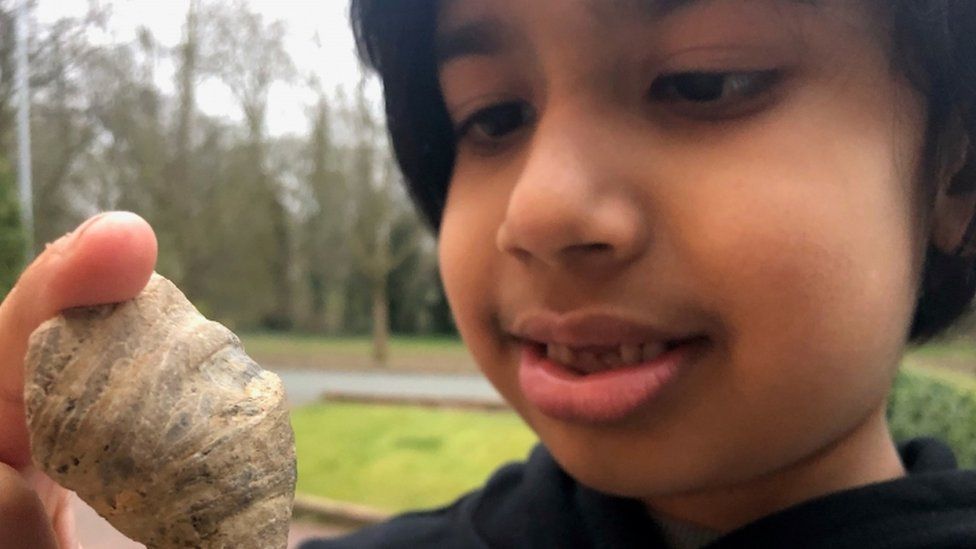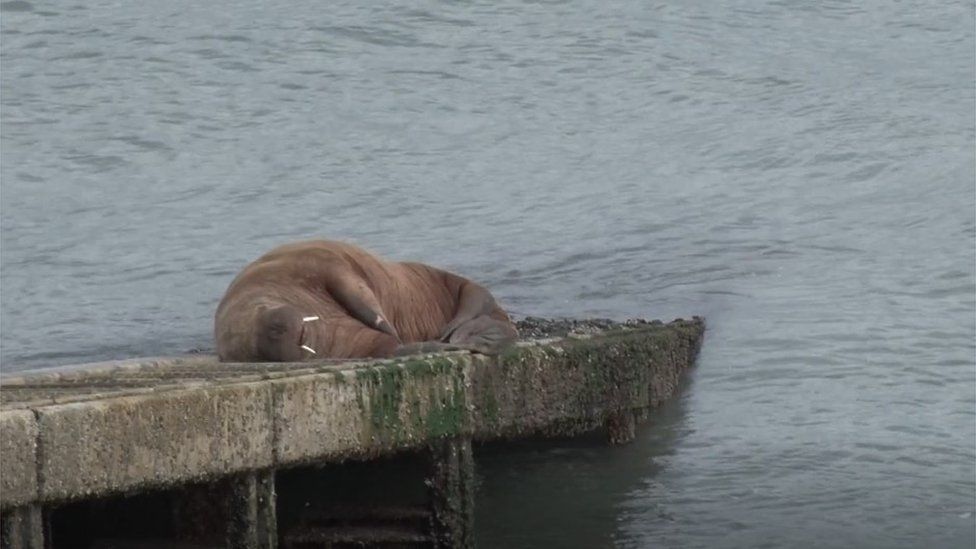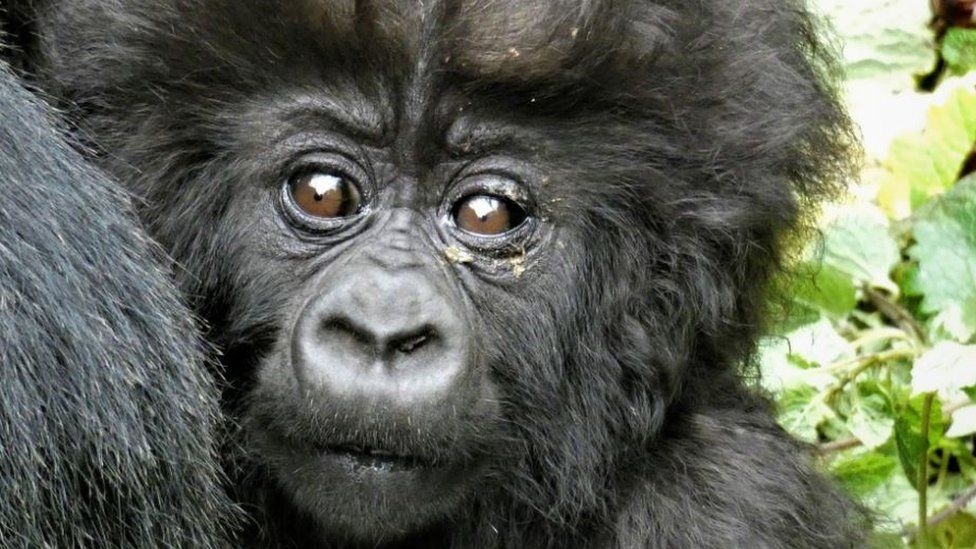In the animal kingdom, if there were one creature that could empathise with those of us who can never reach the top shelf in the cupboard - usually where the biscuits are kept - it would be the pygmy hippo.
Adorably peculiar, with stubby legs, soft round features, bulging eyes and a pinkish glow, these round balloon-like creatures only venture out at night, shyly waddling through the undergrowth in search of ferns, grasses and fruits on the forest floor - close to the rivers and swamps they call home.
For thousands of years, their lives have remained virtually unaffected by the outside world. But sadly, that has all begun to change.
In the last century their habitat has been overrun and destroyed.Forests have been felled and wetlands have been drained.
What’s more, illegal mining and logging has not only torn their homes apart, but also paved the way for bush meat poachers to slaughter these terrified creatures, which have nowhere left to hide.
They cannot survive in any other terrain so, put plainly, when the habitat is destroyed the hippos die.
Hectare after hectare has been destroyed, taking the hippos with it. There are fewer than 3,000 survivors - a number that’s rapidly going down.
Not a pretty picture.
We have to save them.
By saving the forests they live in we can also rescue a wealth of biodiversity which supports local livelihoods, and retain an area which stores vast amounts of carbon - fighting climate change and saving the pygmy hippos in tandem.
FFI has helped create a ten-year pygmy hippo conservation strategy. This starts with research. Lots of it. We need to know where these animals are and which bits of forest are critical to save. Without this key information the pygmy hippo will have little chance of survival.
So, through your donations, we’re undertaking vital research on where pygmy hippos have made their homes that will help them gain critical support from governments and big businesses - safeguarding this wonderful species.
This research might record the short stubby steps of the pygmy hippo, but it will make great leaps in securing their place on this planet.

















